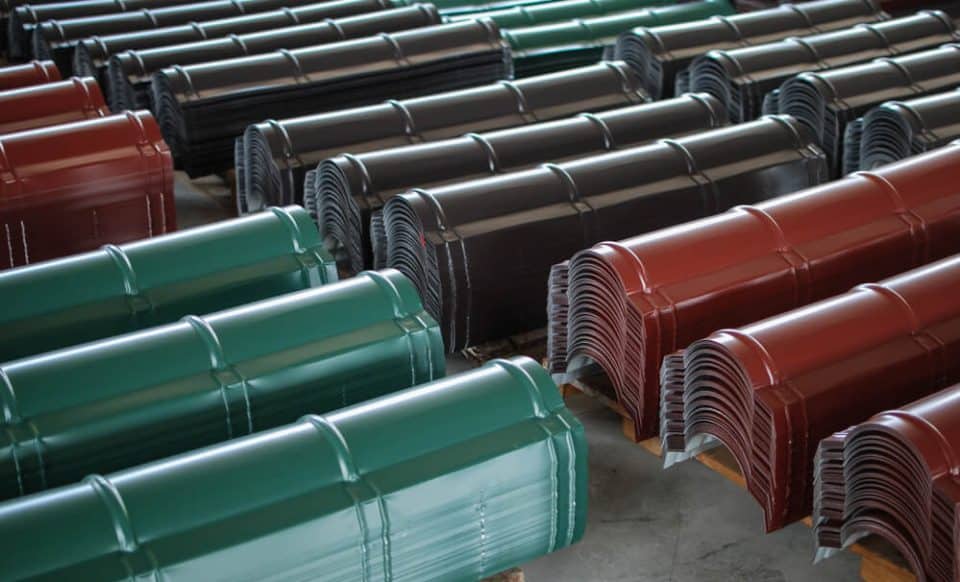Advantages of Choosing TPO Over Traditional Flat Roof Options
Introduction: The Development of Roofing Solutions
In the world of commercial and residential roof, selecting the ideal material is vital for longevity, sustainability, and cost-effectiveness. Standard flat roofing choices such as built-up roofing (BUR) and modified bitumen have actually been popular choices over the years. However, TPO (Thermoplastic Olefin) roof has actually emerged as a compelling option that guarantees numerous advantages. This short article will look into the Benefits of Selecting TPO Over Traditional Flat Roof Options, exploring why lots of property owners are selecting TPO in their roof projects.
What is TPO Roofing?
TPO roof is a single-ply membrane made from a mix of polypropylene and ethylene-propylene rubber. This combination produces an excellent roof service that provides versatility, durability, and energy effectiveness. Let's analyze its essential functions in more detail.
Key Features of TPO Roofing
- Reflective surfaces help to minimize heat absorption.
- Reduces cooling costs throughout warmer months.
- Resistant to UV radiation and chemical exposure.
- Long life expectancy with correct maintenance.
- Lightweight product that streamlines installation.
- Can be mechanically fastened or adhered, supplying versatility.
- Competitive prices compared to conventional options.
- Lower energy costs due to improved insulation properties.
- Made from recyclable materials.
- Contributes to LEED certification points for green building.
Why Choose TPO Over Standard Flat Roofing?
When it boils down to it, homeowner desire a roofing system that offers long-lasting benefits without breaking the bank. Here's why selecting TPO can be advantageous when compared to conventional flat roof options.

Advantages of TPO Compared to BUR and Bitumen
Weight Reduction:
- Traditional BUR systems can be substantially heavier than TPO, requiring additional structural support.
Installation Time:
- The fast setup process lessens labor costs for industrial roof contractors.
Fewer Seams:
- Large sheets decrease joints, reducing the threat of leaks and boosting waterproofing capabilities.
Maintenance Needs:
- Requires less frequent maintenances compared to conventional materials.
Aesthetics:


- Available in various colors, including bright white which improves energy efficiency.
Understanding Expense Implications
While upfront expenses play a significant function in decision-making, looking at long-term cost savings is similarly essential.
Initial vs Long-Term Costs
-
Initial Costs: TPO might have a somewhat greater preliminary expense compared to some conventional choices like rolled asphalt however typically proves more economical in time due to lower energy bills and longer lifespan.
-
Long-Term Savings: Lowered upkeep fees and energy cost savings can cause significant monetary relief in the long run.
The Role of Commercial Roof Contractors
Selecting a knowledgeable industrial roofer is crucial for any roofing system replacement project including TPO or other materials.
How to Choose the Right Contractor
Experience with TPO Installation: Try to find specialists with proven competence in setting up TPO systems specifically.
Quality Assurance Practices: Ensure they follow finest practices for quality control throughout setup by performing comprehensive roofing assessments post-installation.
Customer Reviews & References: Look for reviews from past customers regarding their complete satisfaction with both the services and product provided.
Maintenance Tips for Your TPO Roof
While TPO requires less upkeep than standard flat roofings, regular examinations are very important to ensure its longevity.
Recommended Maintenance Schedule
- Conduct yearly roof assessments by a qualified roofing contractor.
- Clean seamless gutters regularly to avoid water pooling on the roofing system surface.
- Check joints for signs of wear or damage after extreme weather condition events.
Common Misconceptions About TPO Roofing Debunked
Despite its growing appeal, some misconceptions about TPO continue that may discourage property owners from making this choice.
Myth # 1: "TPO Is Not Resilient"
Many believe that single-ply membranes do not have durability; nevertheless, modern improvements have made them highly resistant versus serious weather conditions.
Myth # 2: "TPO Is Too Costly"
While preliminary expenses may seem greater than standard materials, general savings make it a clever investment in the long run.
Frequently Asked Concerns (Frequently asked questions)
FAQ 1: What is the lifespan of a TPO roof?
TPO roofing systems typically last in between 20-30 years when appropriately installed and maintained.
FAQ 2: Can I install a TPO roof myself?
While affordable roofing solutions DIY installation is possible, hiring professional business roofer guarantees appropriate adherence to regional building regulations and standards.
FAQ 3: How does energy efficiency deal with TPO?
The reflective surface area helps in reducing heat absorption, causing lower cooling expenses in warm environments by keeping indoor temperatures stable.
FAQ 4: Is there a warranty associated with TPO roofs?
Most manufacturers provide guarantees ranging from 15-30 years depending upon the particular product utilized and installation quality by your picked contractor.
FAQ 5: Can I walk on my TPO roof?
Yes! Nevertheless, it's advisable to limit foot traffic as excessive weight or pressure can cause damage with time if not managed correctly.
FAQ 6: Are there color options offered for TPO roofs?
Yes! Besides white (which is popular for energy effectiveness), there are various color choices readily available according to your visual preference or building requirements.
Conclusion: Making an Informed Decision
In summary, when considering different flat roofing choices for your commercial or property task, weighing the benefits and drawbacks is essential before making a final decision. The benefits of choosing TPO over conventional flat roof choices incorporate durability, energy performance, cost-effectiveness, ease of setup, and decreased environmental effect-- all aspects that contribute positively towards your long-term investment in your home's value. By engaging reliable industrial roofer experienced in managing this innovative material like metal roofing options along with offering appropriate assistance throughout setup procedures including comprehensive roofing system inspections post-project conclusion-- property owners can feel great knowing they have actually made an educated option regarding their roof requires moving forward!
This post checks out different elements connected to selecting Thermoplastic Olefin (TPO) as an alternative option versus standard techniques while highlighting practical insights drawn from industry experience tailored particularly towards those contemplating their next steps within this domain!
